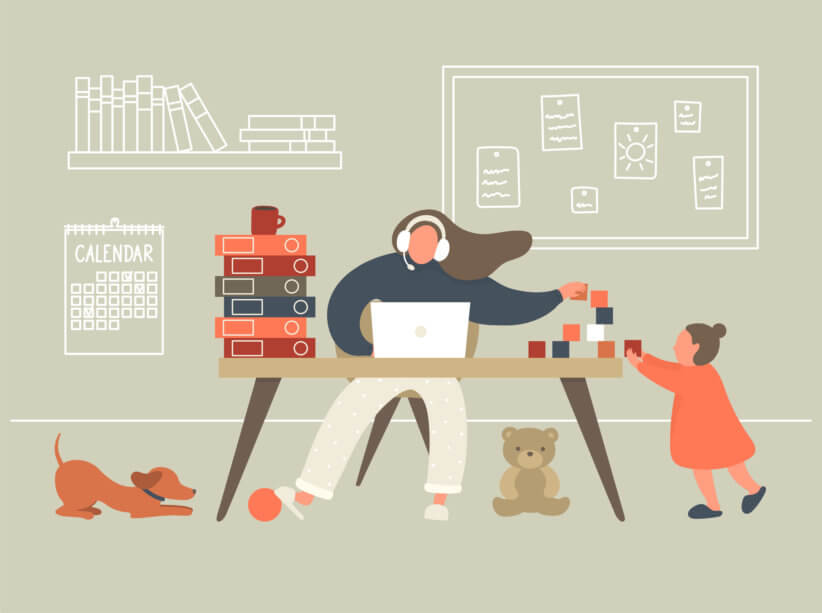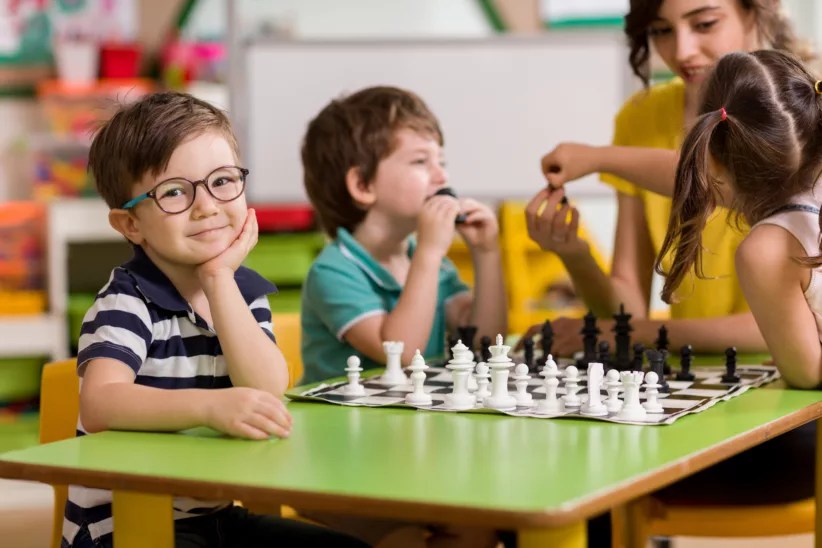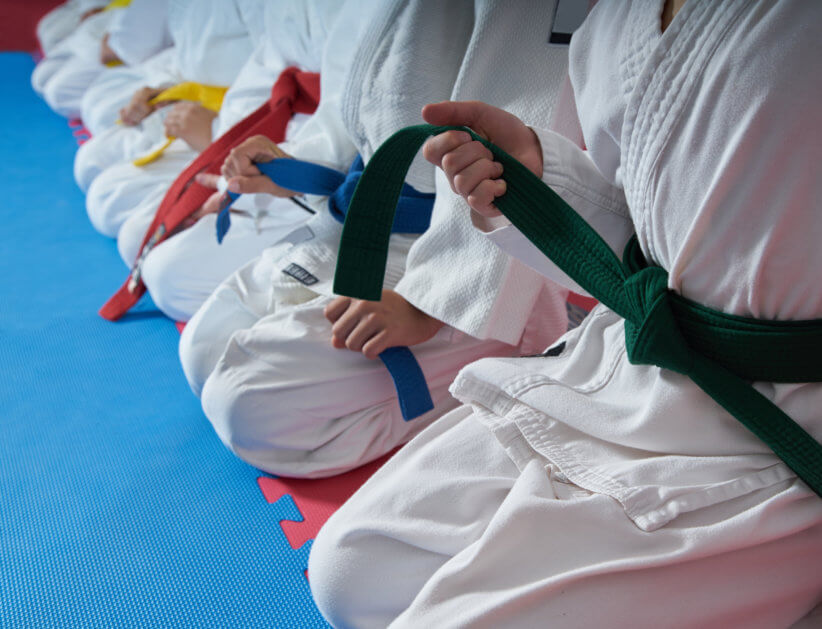In an Upper East Side doctor’s office-turned-children’s music center, seven 2-year-olds make their way into a carpeted classroom, moms following behind. The mothers converse as the children wander the room, ogling one another before taking their seats on fl oor mats. “Hello,” calls a puppet-bearing teacher at the front of the classroom. The music starts, and a minute later the 2-year-olds are singing “Hello” to everyone in the room, puppets included.
This is Three Little Birds Music (TLB), an early music education program on the Upper East Side that opened in May. Started by old college roommates and longtime musicians Katia Asthalter and Carina Zimmerman (Asthalter sang opera and Zimmerman is classically trained on piano and violin), TLB teaches tots from 4 months to 5 years how to sing, strum, and dance to a beat. The emphasis, Zimmerman says, is on musical play rather than performance. “We want them to get excited about music,” says Zimmerman. “We want them to imagine the maraca is a fi sh swimming through the water, splashing through the water softly and loudly, so they learn [what] soft and loud [mean]. It’s a way of teaching them that makes it very fun.”
Asthalter and Zimmerman opened TLB after fi ve years of working at another children’s music center. Aiming to provide their own creative spin on early music education, they worked with a team of designers to transform the space on East 78th Street into a colorful, musical wonderland complete with two large classrooms and a lobby with children’s books and a “sensory wall” full of developmental toys.
They equipped each class with instruments like a double bass, violin, xylophone and ukulele, a pianist, and a singing instructor. Through word of mouth, TLB’s creators are quickly gaining a reputation for their inventive classes, fun approach and meticulous attention to detail. Classes for babies from 4 to 12 months encourage little ones to touch instruments, coo to the music and bob to the beat. One-year-olds begin singing their favorite songs and recognizing rhythms. Two-year-olds start to pluck strings and count beats. By 3 years, kids can understand high and low and piano and forte, while 4-yearolds usually gravitate to one instrument and can play short songs. Classes become part of a child’s weekly routine, where each session introduces new material, yet remains structured.
Classes start with the “Hello Song,” followed by a rendition of the classic “Old MacDonald.” From there, the class embarks on an adventure through different cultures, learning various music styles—along with a little history and geography—along the way.
On this morning, the teacher brings out puppets Carly and the Crockers, a road-tripping family that travels across the U.S. to hear great music from different regions. Today the Crockers are headed to Hawaii, with the help of the tots, who push their toy VW bus from city to city. When the Crockers fi nally arrive, the instrument of the week—the guitar— is revealed. The children sing songs like “All You Need is Love,” “Surfi n’ USA” and “La Bamba,” and learn how to strum quarter notes on a guitar and ukulele.
The curriculum, all of which is written by Zimmerman, changes with every season. This fall, Henry and the Hot Air Balloon take children around the world, starting in New York City (where they dance to Billy Joel’s “Uptown Girl” and enjoy an up-close encounter with a
saxophone), and taking off the following week for Brazil (where kids are
introduced to the cello and “The Girl From Ipanema”). By semester’s
end, the students will have been on a musical journey to 13 different
countries.
TLB also offers a special program for children with autism, a highly structured class providing personal attention. One-on-one lessons are also available for kids on the autism spectrum. Parents are welcome to visit the space with their child hours before the class takes place in order to familiarize them with the environment. Teachers use visual aids to help children understand what they’re doing and what’s coming next, and the curriculum includes songs with literal themes like “Open, Shut.” “Music is our medium to communicate,” Zimmerman says. “That’s one of the hardest things for children with autism—communication.”
Asthalter and Zimmerman have made their dream of running a playful and creative music program a reality, but that doesn’t mean they’ve stopped dreaming. In fact, this month they’re opening up a 1500-square foot ecofriendly playroom downstairs, with “green” carpeting, recycled materials and organic products. The space features a climbing mountain, clubhouse, transportation section, soft playroom and more, and will be used for open play as well as birthday parties and other events. The owners also plan to one day offer drama and music theory classes for kids ages 5 and up, where students write plays and musicals, and to produce a public youth recital. “We want the community to know us,” says Asthalter. “We want the neighborhood to look at us as a place they enjoy coming to—a place where they are happy to be.”
266 East 78th Street, 212-744-0404, tlbmusic.com.





















